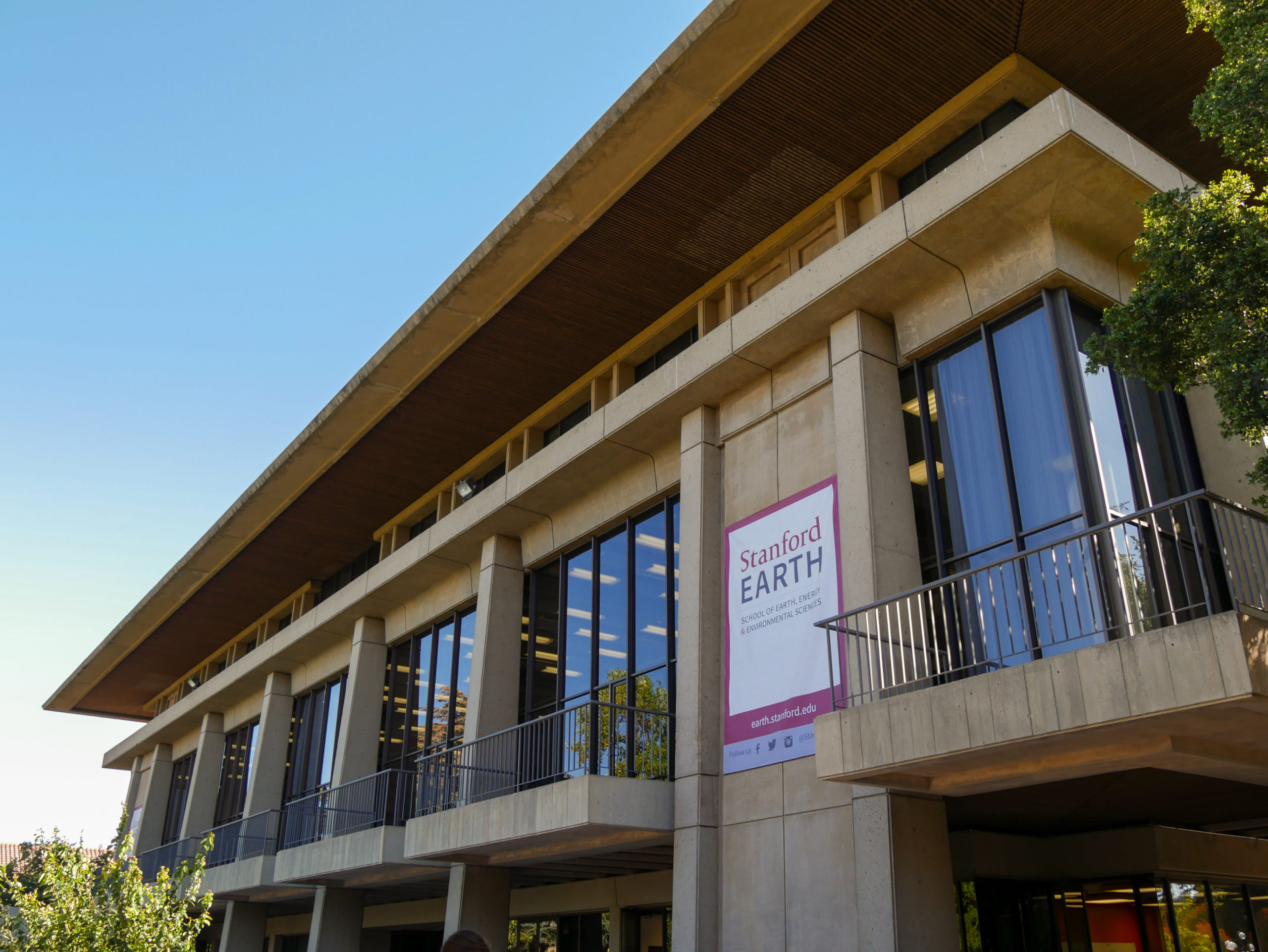The School of Earth, Energy and Environmental Sciences will be absorbed by the new school on climate and sustainability. It will no longer exist as a separate academic institution, according to transition leaders.
The School of Earth will “be merged into” the new school, and existing Stanford Earth faculty will be faculty in the new school, Vice Provost and Dean of Research Kam Moler said. Moler is leading the team responsible for the transition alongside School of Earth Dean Stephan Graham.
In the case that a faculty member does not want to join the new school, the transition team will work closely with them to find a new home for their academic lives, according to Moler. Stanford aims to have the school ready by Fall 2022.
The new climate and sustainability school will likely have ten departments, according to Director of the Precourt Institute for Energy Yi Cui. There are still questions regarding the name of the new school, where it will be housed on campus and whether the School of Earth buildings will be repurposed for the new school.
“The sustainability of the planet is the most urgent issue facing humanity, and it’s reached the point where the scale of the issue requires a school of sustainability,” Moler said.
Originally established as the School of Mineral Sciences in 1947, the School of Earth was once home to fields like petroleum engineering, mining, geology and geophysics. It was renamed the School of Earth Sciences in 1964 and then the School of Earth, Energy and Environmental Sciences in 2015 as global issues changed and the school expanded.
Now, the school is changing once again. In addition to current Stanford affiliates joining the new school, the transition team is in the process of hiring 60 new faculty for the school. Moler expressed excitement about the opportunity to hire so many new faculty at once.
“Everybody knows that part of why it’s so hard to diversify the faculty in U.S. universities is because they turnover so slowly, so this is a great opportunity for faculty hiring,” she said.
Members of the Stanford community have long asked for transparency in the decision making process of the new school. Earth systems peer advisor Ilinca Popescu ’22 said that even for someone like herself who is highly involved with the School of Earth, it is exceedingly difficult to understand what decisions have been made.
“Lots of faculty have been telling me this is a very opaque process, and they don’t have the answers at all times,” Popescu said.
Additionally, there are not many opportunities for students to provide input into the process. Communication with students has been nearly non-existent, according to Popescu, and aside from the one-time deliberative poll event held on May 8 to garner feedback from the Stanford community, the largest opportunity to provide input was a Canvas discussion posted by a professor for one of her classes.
Popescu said she believes a partnership between the new school and the School of Earth could be fruitful if it were used to consolidate resources, but she said she thinks it’s more likely that the new school will draw funding away from the School of Earth. She also said it would be difficult to stay true to the school’s founding principles of ethics and sustainability while accepting fossil fuel funding.
“A lot of people in the School of Earth were originally in the fossil fuel energy field, so they’re coming here now with all those industry ties,” Popescu said.
These questions about accepting money from fossil fuel companies have been at the heart of the Stanford community’s concerns, and it’s unclear whether a decision has been made regarding whether faculty will be allowed to accept such funding.
Divestment from fossil fuels has been an ongoing and controversial conversation within the Stanford community. According to Fossil Free Stanford, there was a poll done within the faculty about whether the new school should accept money from the fossil fuel industry. Poll results revealed that the majority of faculty did not want to accept this funding.
Receiving funding from the fossil fuel industry will cause an inherent conflict of interest in the kinds of research that the new school will become home to, according to Fossil Free Stanford advocates Christopher Rilling ’22 and Miriam Wallstrom ’23.
Wallstrom said that she is excited that Stanford wants to be at the forefront of sustainability efforts and is ready to financially invest in a school of sustainability, but is still skeptical of Stanford’s motives behind the school.
“In my mind, it’s tainted by the fact that I feel it’s also a method of greenwashing. When I think about how I don’t know how this is going to be different from the School of Earth, I just wonder to what extent this is based on image,” she said.
